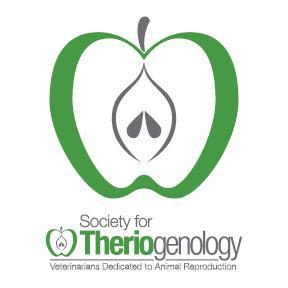Get access to all handy features included in the IVIS website
- Get unlimited access to books, proceedings and journals.
- Get access to a global catalogue of meetings, on-site and online courses, webinars and educational videos.
- Bookmark your favorite articles in My Library for future reading.
- Save future meetings and courses in My Calendar and My e-Learning.
- Ask authors questions and read what others have to say.
Biopsy and Vitrification of Equine Expanded Blastocysts
Get access to all handy features included in the IVIS website
- Get unlimited access to books, proceedings and journals.
- Get access to a global catalogue of meetings, on-site and online courses, webinars and educational videos.
- Bookmark your favorite articles in My Library for future reading.
- Save future meetings and courses in My Calendar and My e-Learning.
- Ask authors questions and read what others have to say.
Read
Abstract
Preimplantation genetic diagnosis and embryo cryopreservation have extensive clinical application in the horse. Biopsy of equine embryos is complicated by the presence of the equine embryonic capsule. Recently, we developed a technique to puncture the capsule and obtain cells from the trophoblast of expanded equine blastocysts, using micromanipulation with the Piezo drill. Biopsies were obtained without affecting the pregnancy rate of the blastocysts after transfer. Genetic analysis after whole genome amplification of the biopsied cells demonstrated some failure to detect signal, and allele dropout, and work is currently underway to improve the accuracy of genetic analysis. Observation that the blastocysts collapsed after biopsy, yet maintained viability, led to the hypothesis that the collapsed blastocyst might be successfully vitrified. Further work showed that vitrification of collapsed blastocysts using an ethylene glycol-containing medium was associated with high pregnancy rates after transfer (71% of embryos produced pregnancies that developed normally to the heartbeat stage), thus providing the first successful procedure for cryopreservation of expanded equine blastocysts. These advances in embryo manipulation techniques should find wide application in clinical equine practice. [...]
Get access to all handy features included in the IVIS website
- Get unlimited access to books, proceedings and journals.
- Get access to a global catalogue of meetings, on-site and online courses, webinars and educational videos.
- Bookmark your favorite articles in My Library for future reading.
- Save future meetings and courses in My Calendar and My e-Learning.
- Ask authors questions and read what others have to say.



Comments (0)
Ask the author
0 comments